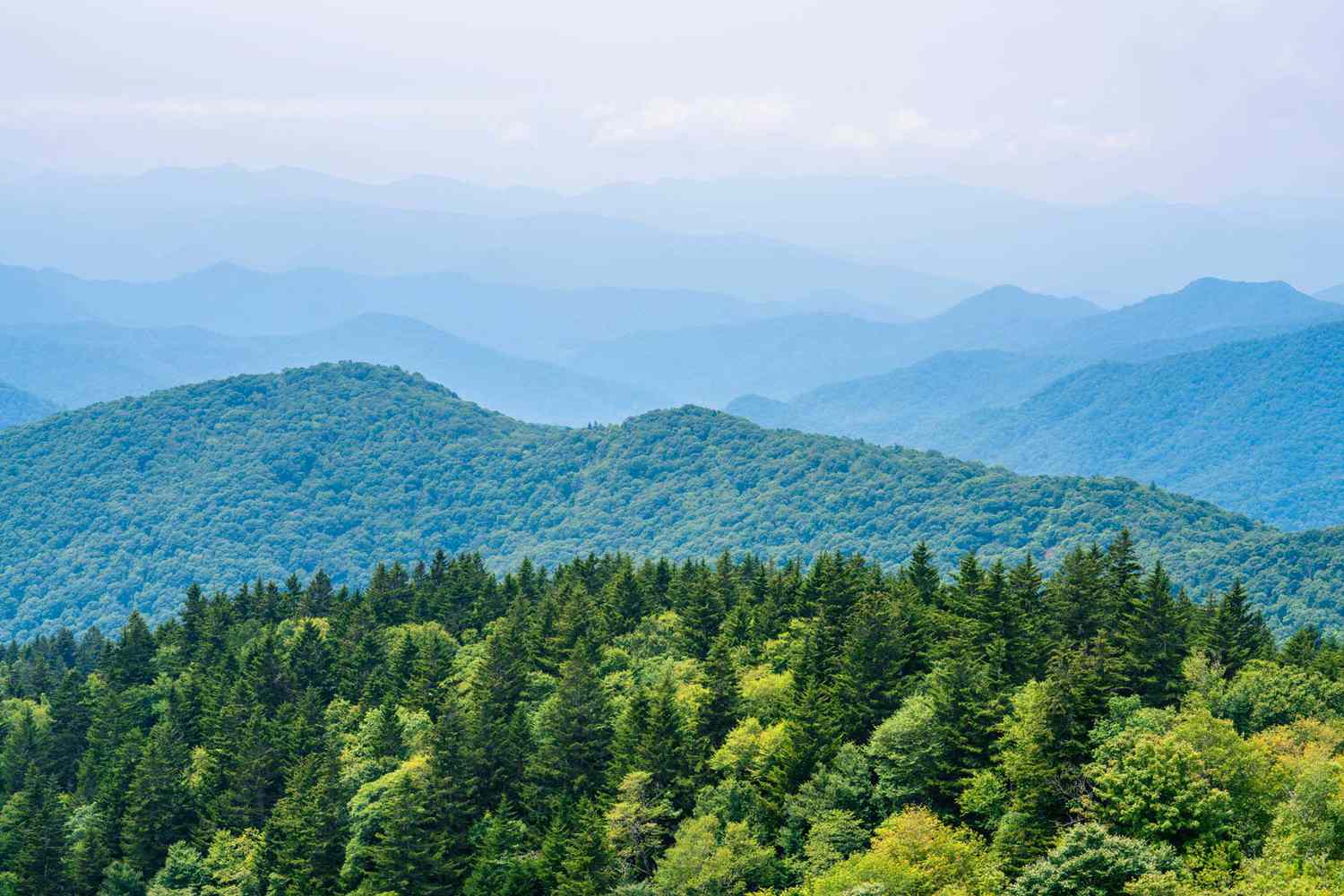
Ever wondered how valleys and ridges come to shape our breathtaking landscapes? These natural formations, with their unique characteristics, play a pivotal role in the earth's topography. Valleys, those lush, often green spaces nestled between mountains or hills, beckon with their serene beauty and rich biodiversity. Ridges, on the flip side, stand tall and proud, offering unmatched views and challenging terrains for the adventurous at heart. Valleys and ridges are more than just scenic backdrops; they're vital to ecosystems and human settlements alike. So, how do these fascinating features form, and what secrets do they hold? Let's dive into the world of valleys and ridges, uncovering 15 amazing facts that will leave you in awe of nature's artistry.
Key Takeaways:
- Valleys and ridges are formed by natural processes like erosion and tectonic activity, creating diverse habitats and playing important roles in human history.
- These regions face challenges like erosion, deforestation, and climate change, highlighting the need for conservation efforts to protect their unique landscapes and biodiversity.
What Defines a Valley and Ridge Region?
Valleys and ridges are prominent features in various landscapes around the world, each formed through different geological processes. Valleys are low areas between hills or mountains, typically where rivers and streams might flow. Ridges, on the other hand, are long, elevated strips of land, often formed by the movement of the earth’s tectonic plates or the erosion of material from either side of the ridge.
- Valleys can be created by erosion from a river or glacier, carving out wide, flat bottoms and steep sides.
- Ridges are usually the result of tectonic forces pushing up the earth’s crust or the erosion of material from either side, leaving a high strip of land.
How Are Valleys and Ridges Formed?
The formation of valleys and ridges is a fascinating aspect of earth science, involving various natural processes over millions of years.
- River valleys are often formed by the process of erosion, where water cuts through the land over time, deepening and widening the valley floor.
- Glacial valleys, or U-shaped valleys, are carved by the slow movement of glaciers that scrape away the land beneath them.
- Ridges can form through tectonic activity, where the earth’s plates collide and push up the land, or through volcanic activity, where lava flows and hardens into a ridge-like shape.
Unique Characteristics of Valley and Ridge Regions
Valley and ridge regions are not just about their physical appearance; they host unique ecosystems and have specific characteristics that distinguish them from other landscapes.
- These regions often have a diverse range of habitats, from riverbanks and wetlands in the valleys to forests and meadows on the ridges.
- Climate variation is another characteristic, with valleys often experiencing milder weather compared to the colder, windier conditions on the ridges.
- Biodiversity in these areas can be high, with a variety of plants and animals adapted to the specific conditions of the valleys and ridges.
Importance of Valleys and Ridges in Human History
Valleys and ridges have played significant roles in the development of human civilizations throughout history.
- Agriculture has thrived in valley regions due to fertile soil and the availability of water from rivers and streams.
- Defense was another benefit, as ridges provided natural barriers against invaders, offering a strategic advantage to those settled on or behind them.
- Transportation routes often followed valleys, as they provided easier paths through difficult terrain, connecting different communities and facilitating trade.
Challenges Facing Valley and Ridge Regions
Despite their beauty and ecological importance, valley and ridge regions face several challenges today.
-
Erosion is a major concern, particularly in valleys where rivers can change course and flood, damaging habitats and human settlements.
-
Deforestation for agriculture or development can lead to loss of biodiversity and changes in the landscape, affecting both valleys and ridges.
-
Climate change poses a threat to these regions, altering weather patterns, and potentially leading to more extreme weather events that can impact the delicate balance of these ecosystems.
-
Conservation efforts are crucial in protecting the unique landscapes and biodiversity of valley and ridge regions. Sustainable practices and policies can help mitigate some of the challenges these areas face, ensuring they continue to be vibrant parts of our planet’s geography.
A Final Glimpse at Valley and Ridge Marvels
We've journeyed through the fascinating world of valleys and ridges, uncovering their secrets and marvels. These natural formations, with their rich history and ecological significance, offer more than just breathtaking views; they're vital to our planet's biodiversity and geological understanding. From the formation processes to the diverse ecosystems they support, valleys and ridges are integral to Earth's landscape. Whether it's the lush valleys that cradle rivers and foster diverse habitats or the majestic ridges that challenge the sky, each has a story, contributing to our planet's intricate geological tapestry. Let's cherish and protect these natural wonders, ensuring they continue to inspire and teach future generations. Remember, every valley and ridge holds a lesson about Earth's past, present, and future, making them not just geographical features but storytellers of our planet's ongoing tale.
Frequently Asked Questions
Was this page helpful?
Our commitment to delivering trustworthy and engaging content is at the heart of what we do. Each fact on our site is contributed by real users like you, bringing a wealth of diverse insights and information. To ensure the highest standards of accuracy and reliability, our dedicated editors meticulously review each submission. This process guarantees that the facts we share are not only fascinating but also credible. Trust in our commitment to quality and authenticity as you explore and learn with us.


